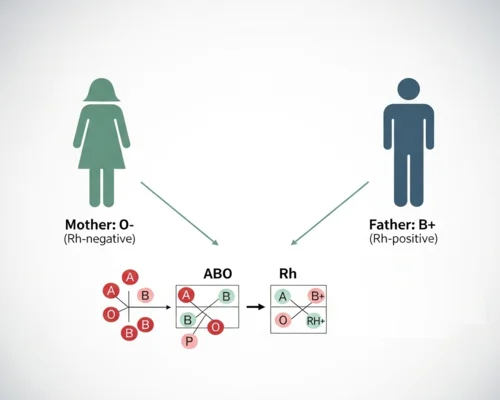-Benefits-and-Side Effects-Benefits-and-Side-effects-thistimeworld.webp)
Tamarind (Tetul) Benefits and Side Effects
Tamarind (Tetul) Benefits and Side Effects
Tamarind is a popular sour-tasting fruit that not only enhances the taste of cooking, but also has many health benefits. However, there is also a risk of some harm if consumed in excess.
Benefits of eating Tamarind (Tetul) :
Helps in digestion:
- The tartaric acid and fiber in tamarind improve digestion and help reduce constipation.
Rich in antioxidants:
- It contains vitamin C, polyphenols, and flavonoids that protect the body cells from oxidative stress.
Helps prevent heart disease:
- Helps reduce bad cholesterol (LDL) in the blood and increases good cholesterol (HDL).
Helps in weight control:
- Tamarind contains hydroxycitric acid (HCA), which can help reduce appetite.
Controls diabetes:
- It has some potential roles in controlling blood sugar levels.
Good for skin:
- Applying tamarind paste or juice to the skin brightens it and helps remove dead cells.
Disadvantages of eating tamarind:
- Excessive acidity and stomach irritation: Eating too much tamarind can cause gastric or acidity problems.
- Tooth damage: The high acidity of tamarind can erode tooth enamel.
- Blood thinning potential: Eating too much tamarind can cause blood thinning, which can be a problem especially for those who are taking medication.
- Lowering blood pressure: The natural ingredients in tamarind can lower blood pressure, which is dangerous in cases of low blood pressure.
Eating tips:
It should be consumed in moderation (up to 10-20 grams per day).
Pregnant women or those who have acidity problems should consume it after consulting a doctor.


-vegetable.webp)
























